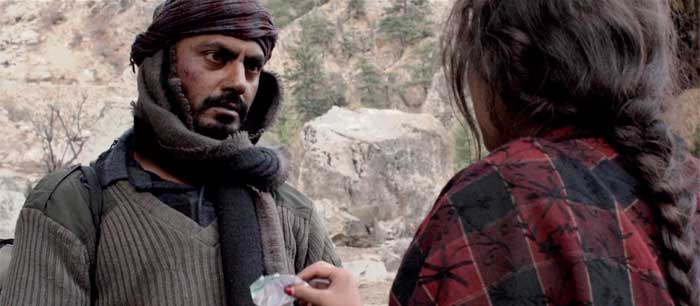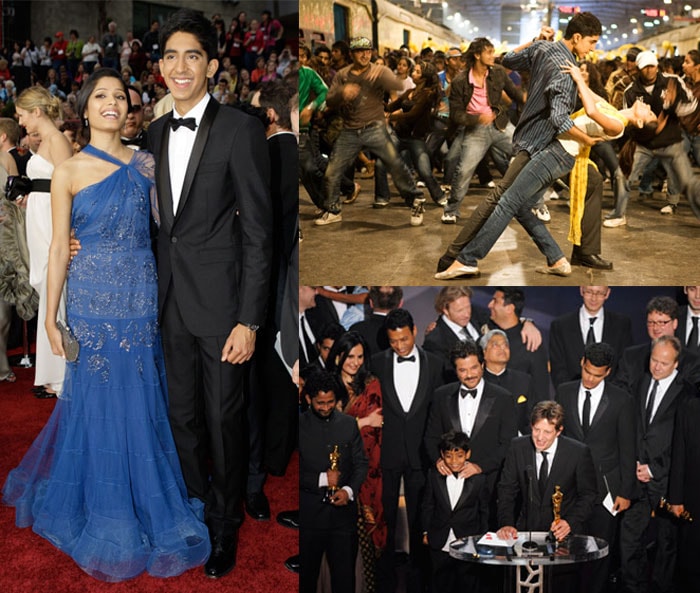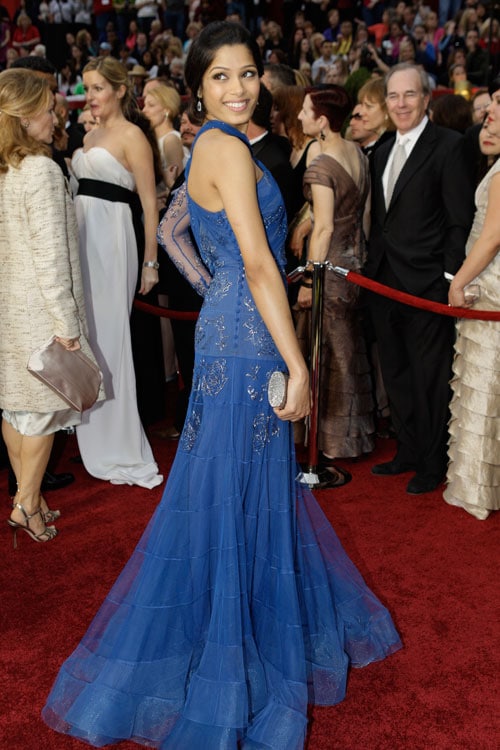India's Oscar Story
India had an Oscar moment like never before with Slumdog Millionaire's 2009 award sweep.
-
In 2014, Liar's Dice, the double National Film Award- winning film by director Geethu Mohandas, was chosen as India's official entry for the Oscars Foreign language film category.
The Hindi film, featuring Nawazuddin Siddiqui and Geetanjali Thapa in the lead roles, was based on the journey of a woman and her daughter in search of her missing husband.
Coming up: India's Oscar story, the films that were, the films that weren't and the films that could have been. -
3 decades lapsed before there was Indian film on the Academy list again. In 1988, Mira Nair's Salaam Bombay! made the cut. It lost to Pelle The Conqueror but proved that there was more to Indian cinema than the manufactured sentiment peddled by ‘80s mainstream Bollywood.
-
2009's Slumdog Millionaire was how the West was finally won. Made by a British director and crew, the film brought India to Hollywood in an extraordinary story of survival in the underbelly of Mumbai. Slumdog was an Indian invasion into the ranks of the Academy, with an award haul that included Best Film.
-
But Rahman's dream run at the Oscars wasn't the first taste India had of individual award scores. In 1983, costume designer Bhanu Athaiya became the first Indian to take home a Golden Man. She shared the Best Costume Design with John Mollo for their work in Richard Attenborough's Gandhi.
-
The next year, there was another British film about India at the Oscars. David Lean directed the film adaptation of E M Forster's A Passage To India, which won 2 out of the 11 Oscars it was nominated for. Among it's cast were Indian actors Victor Banerjee, Saeed Jaffrey and Roshan Seth.
-
In 1992, Bengali filmmaking legend Satyajit Ray was presented the Lifetime Oscar by his favourite actress, Audrey Hepburn. Ray joined an elite corps of film luminaries including Akira Kurosawa, Orson Welles and Laurence Olivier, proving that Indian cinema was greater than the sum of its Bollywood fare.
-
But Ray, Rahman and Athaiya aside, India's Oscar story has been one of heartbreak. In 1958, Madhumati was the official entry in the Best Foreign Language category. Starring Dilip Kumar and Vyjanthimala, Bimal Roy's tale of reincarnation and revenge failed to strike a chord with the Academy. Madhumati did not make the final five.

























